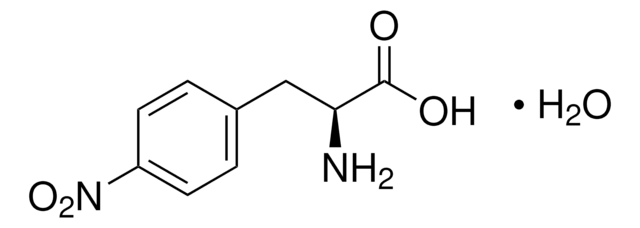320501
Acide sulfurique
ACS reagent, 95.0-98.0%
About This Item
Produits recommandés
Qualité
ACS reagent
Densité de vapeur
<0.3 (25 °C, vs air)
Pression de vapeur
1 mmHg ( 146 °C)
Description
Free from suspended or insoluble matter
Nominally 95-98% H2SO4
Essai
95.0-98.0%
Forme
liquid
Résidus de calcination
≤5 ppm
Couleur
APHA: ≤10
pH
1.2 (5 g/L)
pb
~290 °C (lit.)
Densité
1.840 g/mL at 25 °C (lit.)
Traces d'anions
MnO4- reducers: ≤2 ppm
chloride (Cl-): ≤0.2 ppm
nitrate (NO3-): ≤0.5 ppm
Traces de cations
As: ≤0.01 ppm
Fe: ≤0.2 ppm
Hg: ≤5 ppb
NH4+: ≤2 ppm
heavy metals (as Pb): ≤1 ppm
Chaîne SMILES
OS(O)(=O)=O
InChI
1S/H2O4S/c1-5(2,3)4/h(H2,1,2,3,4)
Clé InChI
QAOWNCQODCNURD-UHFFFAOYSA-N
Vous recherchez des produits similaires ? Visite Guide de comparaison des produits
Mention d'avertissement
Danger
Mentions de danger
Classification des risques
Eye Dam. 1 - Met. Corr. 1 - Skin Corr. 1A
Code de la classe de stockage
8B - Non-combustible corrosive hazardous materials
Classe de danger pour l'eau (WGK)
WGK 1
Point d'éclair (°F)
Not applicable
Point d'éclair (°C)
Not applicable
Faites votre choix parmi les versions les plus récentes :
Déjà en possession de ce produit ?
Retrouvez la documentation relative aux produits que vous avez récemment achetés dans la Bibliothèque de documents.
Les clients ont également consulté
Notre équipe de scientifiques dispose d'une expérience dans tous les secteurs de la recherche, notamment en sciences de la vie, science des matériaux, synthèse chimique, chromatographie, analyse et dans de nombreux autres domaines..
Contacter notre Service technique



